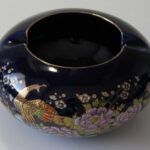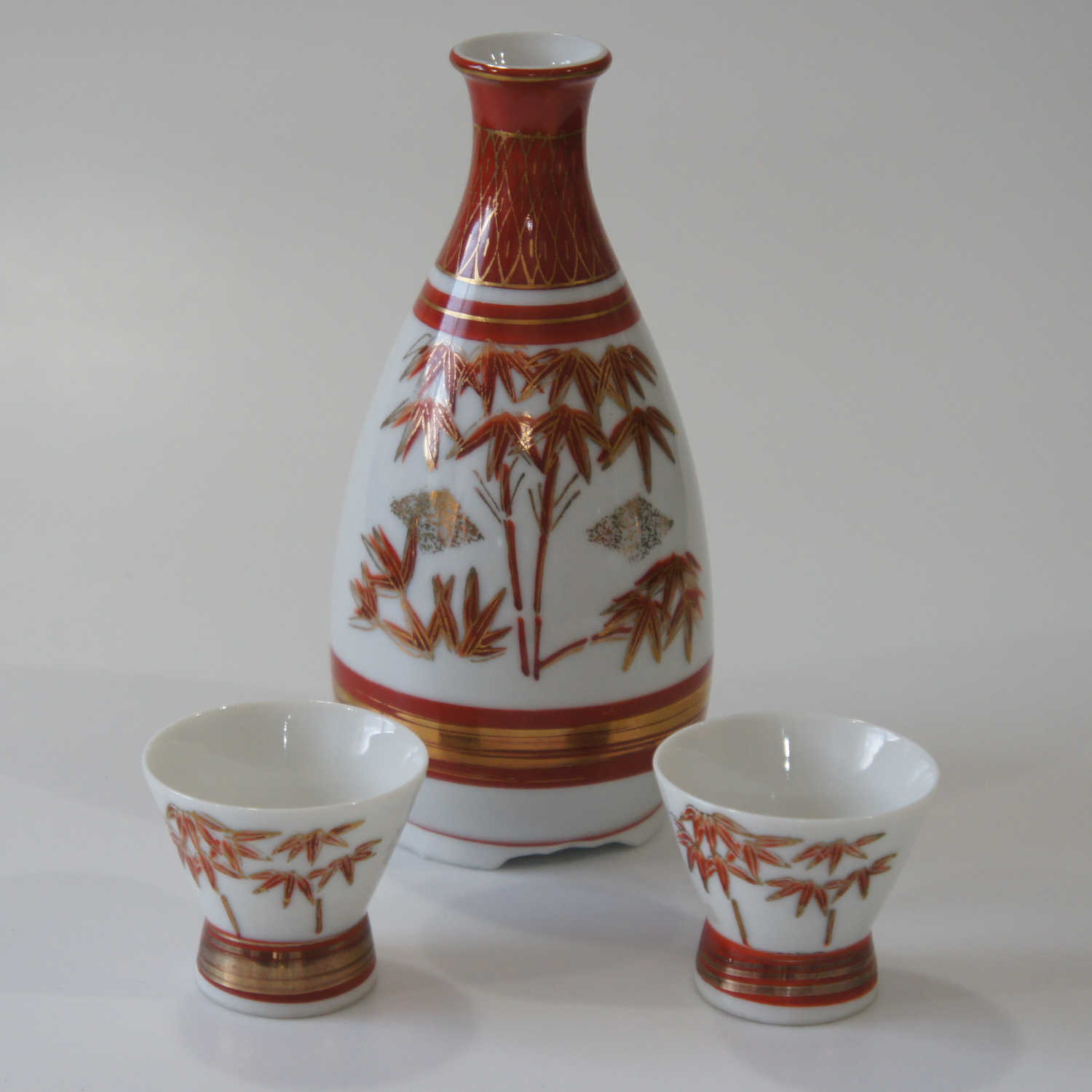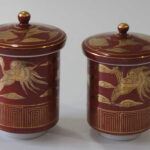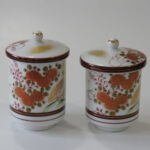others Kutani
Kutani ware is a famous traditional Japanese ceramic. During the Warring States period, ceramics were produced to meet the demands of samurai and feudal lords for tea ceremonies and daily use. The patronage of the Kaga domain’s lord, Maeda Toshiie, played a significant role in the development of Kutani ware, particularly in the realm of tea ceremony utensils.
In the middle of the Edo period, production of Kutani ware flourished under the protection of the Kaga domain, and distinctive techniques such as Kutani painting and gold leaf application were developed. In the Meiji period, modern production techniques were introduced, and Kutani ware began to enter international markets, undergoing further transformations.
Kutani-yaki offers a wide range of items, distinguished by their unique glazes, decorations, and shapes. Common items include tea utensils, flower vases, tableware, and decorative pieces. Traditional Kutani-yaki is characterized by natural hues such as blue, green, and brown, adorned with distinctive patterns and designs. Additionally, contemporary Kutani-yaki incorporating modern designs and approaches has become more prevalent in recent years, showcasing its versatility.
Manufacturing Process:
The manufacturing process of Kutani ware combines traditional methods with modern technology. The typical production steps include:
1. Preparation of Raw Materials: Clay and glaze materials used in ceramic production are prepared.
2. Shaping:Clay is molded into the desired shape, using techniques such as hand molding or wheel throwing.
3. Drying:The molded pieces are dried until they reach the appropriate moisture level.
4. Firing:The dried pieces are fired in kilns at high temperatures. The distinctive colors and textures of Kutani ware are achieved during this firing process.
5. Painting and Decoration: After firing, the pieces are decorated with painting, gold leaf application, carving, and other decorative techniques, often employing traditional painting and gold leafing methods.
6. Re-firing:Decorated pieces are fired again at lower temperatures to set the decorations firmly into the surface.
Materials:
Kutani ware primarily consists of clay and glaze materials.
– Clay:The clay used in it’s ware is mainly sourced from the local soil. This clay is known for imparting unique textures and qualities to the finished pieces after firing.
– Glaze: Glaze covers the surface of the ceramic, providing durability and enhancing aesthetics. Kutani ware glazes range from transparent to various colors and textures.
By skillfully combining these materials, artisans create the beautiful pieces characteristic of Kutani ware.
全4件を表示



